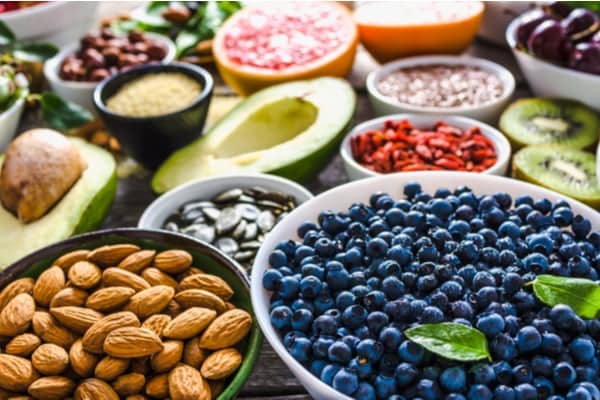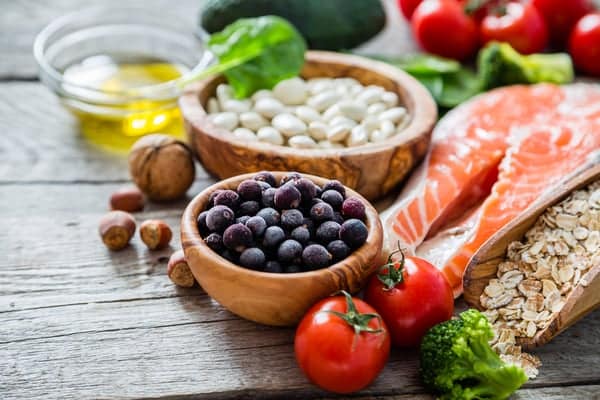These days, there are all kinds of diets that focus on cutting down on carbohydrate intake in order to lose weight and shed fat. Perhaps the most extreme of these is the ketogenic diet (similar to Atkins), which sets a strict limit of around 20-25 carbs per day. Unfortunately, what many people who avoid carbs like the plague don’t realize is that not all carbs are evil. In fact, there are “good” carbs and there are “bad” carbs. What your clients need to understand is that they need to work on cutting back on the bad carbs and replacing them with the good ones.
By understanding and explaining the differences between simple and complex carbs to your clients, you can help them take better control over their nutrition.
What Are Simple Carbs?
Simple carbs are those that come primarily from sugars. Some of these occur naturally (such as those found in dairy milk), but the majority of the simple carbs found in American food come in the form of added sugars, corn syrup, and glucose. These are the types of carbs that you should generally avoid because they consist of the most basic sugars that are the easiest for the body to digest. As a result, they don’t keep you feeling full for very long, which can result in over-eating.
Some examples of foods with a high simple carb content include:
- sodas and from-concentrate juices
- desserts and pastries
- candies
- white rice, pasta, and bread
The one exception to the idea of simple carbs being bad for you is that of fresh fruit. Fresh fruit, such as strawberries and melons, are considered simple carbs. However, they’re all natural sugars and are still relatively low in carbohydrates, so there’s no problem with eating a couple servings of fresh fruit daily.
Become a Certified Holistic Nutritionist Online in 6 Months or Less
What Are Complex Carbs?
Complex carbs differ from simple carbs primarily in the sense that they’re comprised mostly of fiber rather than sugar. Fiber is much more difficult for the body to digest and takes longer to do so, which means that foods that complex carbs tend to keep you feeling fuller for longer. This is great for those who are looking to lose weight without feeling like they’re starving themselves in the process. Fiber can also provide a nice energy boost to the body, so foods with complex carbs make for great middle-of-the-day snacks to help you avoid that afternoon crash.
Some examples of foods high in complex carbs include:
- vegetables
- nuts and beans
- whole grain rice, pasta, and bread
- corn and oats
Some studies have also shown that complex carbs can help reduce your risk of developing type 2 diabetes and cardiovascular problems.
How to Avoid Simple Carbs
Even when you understand the difference between simple and complex carbs, making the right food choices isn’t always easy—especially when you consider the fact that nutrition labels don’t differentiate between the two. When you’re shopping at the grocery store, then, how can you be sure to load up your cart with complex carbs as opposed to simple carbs?
It’s actually quite simple (pun intended)! Look at the nutrition labels and compare the sugar content to the fiber content. Foods that are higher in fiber most likely contain complex carbs, whereas those with a higher sugar content (or with any “added” sugars) should probably be avoided because they contain simple carbs.
Of course, everything in moderation. From time to time, it’s not the end of the world if you indulge in a food with simple carbs.
Tips for Eating More Complex Carbs
Getting enough complex carbs in one’s diet isn’t always easy, but there are ways to do it. One of the easiest ways to is to start buying whole grain breads, pastas, and rice instead of the white versions. The taste isn’t much different and it makes a huge difference in the diet. Increasing your intake of leafy greens is also a great way to boost your complex carb intake without adding a lot of calories in the process.
The differences between simple and complex carbs are numerous and by eating more complex carbs, many argue that it’s simply easier to achieve your fitness goals more quickly.




